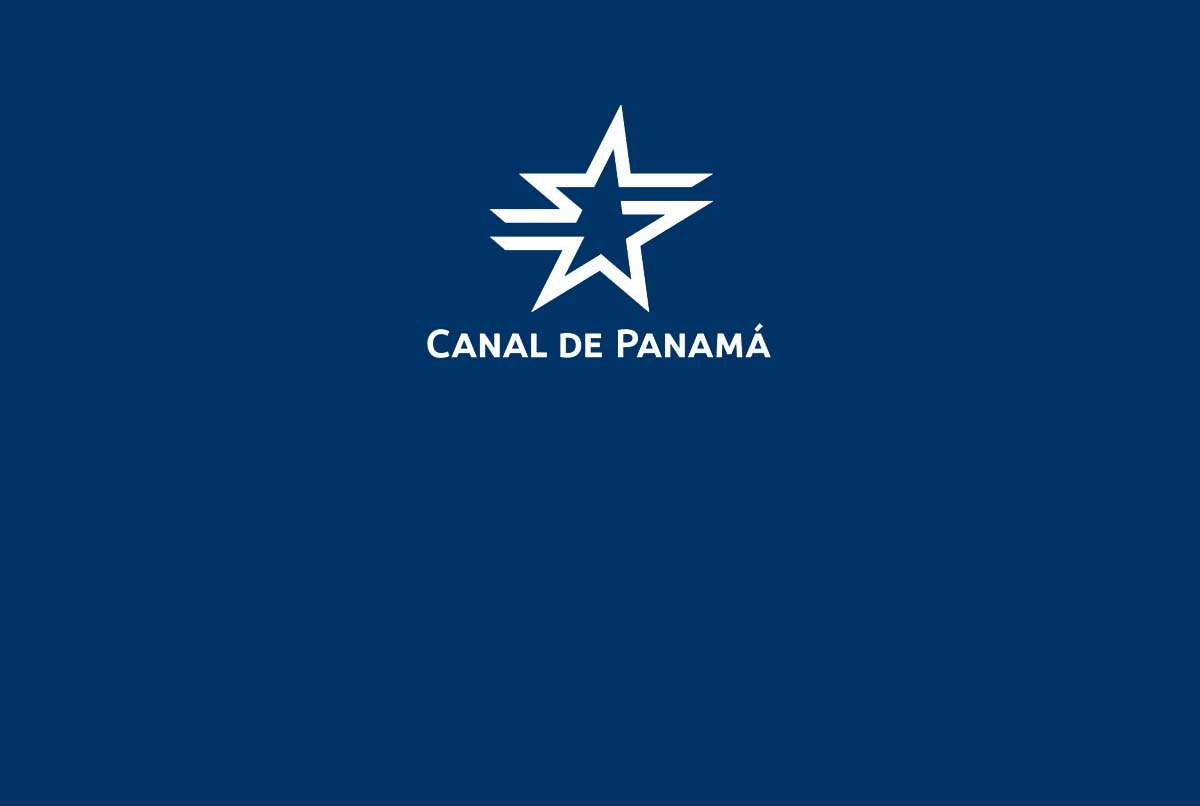Panama, August 24, 2001 – The Panama Canal Authority (ACP) advances the final designs of the project to deepen the navigation channel of Gatun Lake and Gaillard Cut. The objective of this project is to increase the water storage capacity of Gatun Lake and increase the performance of the Canal watershed.
It is anticipated that within the next 30 years, there will be an increase in the extraction of water from Madden and Gatun Lakes to satisfy the demand for potable water for the population, and for commercial and industrial use. This is due to the growth of the cities bordering the Canal watershed: Panama, Colon, Arraiján, La Chorrera, and the eastern part of Panama City, including Chepo.
In another direction, the deepening of Gatun Lake will be of benefit to the Canal because it will increase its water storage capacity, thus providing a sufficient supply for its future operation. Therefore, the level of the available draft will be managed more efficiently and vessels will not be affected by the scarcity of water. In terms of the operation of the waterway, this means that the capacity of the watershed supply will increase by more than 300 million gallons of water per day, thus maintaining the existing high levels of reliability.
At present, the Engineering and Dredging Divisions are carrying out the final designs of the deepening project, based on the feasibility study performed by the Canal Capacity Projects Office, in cooperation with Dredging Division. It is anticipated that the project could begin next year, at an approximate cost of US$190 million. The estimated funds to be used in this project during fiscal year 2002 are in the vicinity of US$13.9 million. With the resources currently available at the ACP, it will probably take eight years to complete the project.
The current water storage of Gatun Lake is two meters, from its existing maximum level of 26.7 meters (87.5 feet) above sea level, to its existing minimum operating level of 24.8 meters (81.5 feet).
The Canal elevations are measured based on a specific point called Precise Level Datum (PLD), which corresponds to 0.3 meters below the average sea level at the Pacific entrance, and 0.06 meters below the average sea level at the Atlantic entrance. By deepening the navigation channel – which has a width of between 192 and 305 meters – by one meter, the additional volume of water that could be stored throughout the total surface of the lake, which is many times larger than the area to be deepened, is increased by one meter. Therefore, the deepening will increase by 25 percent the useable storage volume throughout the watershed, including Gatun and Madden Lakes.
Agustin Arias, Director of the Canal Capacity Projects Office, stated: “In order to deepen the navigation channel, it is necessary to establish the Design for the Bottom of the Navigation Channel. Currently, the bottom is at 11.3 meters (37 feet) above PLD, but after completing the deepening work, it will be at 10.4 meters (34 feet). After the underwater excavation, the bottom will not be as flat as a table and, therefore, in order to guarantee a minimum elevation of 10.4 meters at the channel, it must be dredged down to 9.8 meters (32 feet).” He stated that this additional margin of 0.6 meters (2 feet) is called dredging tolerance. The total material to be excavated would be the sum of the dredging, to 10.4 meters, plus the dredging tolerance. It is estimated that the dredged material would total approximately 6.7 million cubic meters.
Since most of the material is rock, the project requires drilling and blasting. In order to break-up the bottom down to the level of dredging tolerance, it is necessary to drill and blast 1.5 meters (5 feet) lower; that is, to 8.2 meters (27 feet) of elevation. Since the project seeks to attain a bottom of 10.4 meters of elevation, only those areas of the navigation channel that are above that level will be dredged.
With regard to the execution of the project, Arias stated: “This deepening of Gatun Lake is similar to the one performed in the early eighties, when the bottom was brought from 12.2 meters (40 feet) to 11.3 meters (37 feet) of elevation. We have the necessary resources, the equipment to carry out the project, and the human resources with the experience. Therefore, there will be no difficulties in the execution of this project.”




